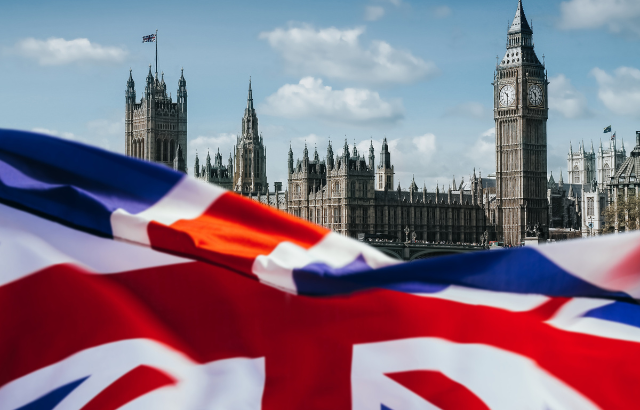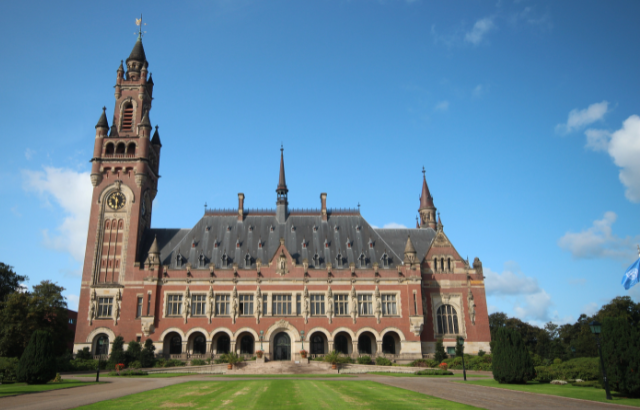Researchers piece together a portrait of the real Mr Darcy
A new, historically accurate portrait of the most admired and revered romantic leading man in literary history, Fitzwilliam Darcy, has been unveiled for the first time, following new research co-led by QMUL's Professor Amanda Vickery.

® Nick Hardcastle
The new portraits paint a very different picture of the literary heartthrob when compared to modern day TV depictions, portrayed by Hollywood actors such as Colin Firth, Elliot Cowan and Matthew MacFadyen.
Instead of tall, dark and handsome, research reveals that Jane Austen's fictional character, Mr Darcy from Pride and Prejudice, would have been pale with powdered white hair. He would also have had a long nose, sloping shoulders and pointy chin - a far cry from muscular modern day TV representations.
The study, The Real Mr Darcy - a dramatic re-appraisal carried out by Amanda Vickery, Professor of Early Modern History at QMUL's School of History and John Sutherland, Lord Northcliffe Professor Emeritus of Modern English Literature at University College London highlights how the qualities considered attractive have dramatically changed over the past two centuries.
The researchers conducted a month-long study, investigating Austen's personal life and relationships, drawing conclusions on who may have been the inspiration for Mr Darcy. Researchers looked into the existing descriptions and illustrations of the character, along with the socio-economic and cultural factors that would contribute to Darcy's background, appearance and lifestyle.
The findings revealed that Mr Darcy would have had mid-length white hair, a long oval face, a pale complexion, slender sloping shoulders, a pointy chin, and a long nose.
Leading artist Nick Hardcastle took the academic research and brought the descriptions to life in a series of unique illustrations.
The Real Mr Darcy - a dramatic re-appraisal study revealed that Mr Darcy's white powdered hair is reflective of the norms of the Austen era, with mid-length hair favoured over the shorter crop of today. The illustrations highlight Darcy's pale complexion, a sign of wealth and privilege, and his long oval face shape. In the late 1790s, square jaws were practically unheard of amongst the upper classes, with the pointy chin and small mouth evident on Mr Darcy very common features of the gentlemen of the era.
Strong legs were an attractive and important feature to females of the time, with well-modelled thighs a sign of virility, a good fencer and horseman. The real Mr Darcy would also have been akin to many of the landed gentry of the time, with slim sloping shoulders. A muscular chest and broad shoulders was the sign of a labourer, not a gentleman.
Professor Vickery said: "Mr Darcy is an iconic literary character, renowned for his good looks, charm and mystery. As Austen wrote Pride and Prejudice in the 1790s, our Mr Darcy portrayal reflects the male physique and common features at the time. Men sported powdered hair, had narrow jaws and muscular, defined legs were considered very attractive. A stark contrast to the chiselled, dark, brooding Colin Firth portrayal we associate the character with today."
- The study was commissioned by TV channel Drama's Jane Austen Season
- Find out more about studying history at QMUL
Related items

10 December 2024

10 December 2024
For media information, contact:
